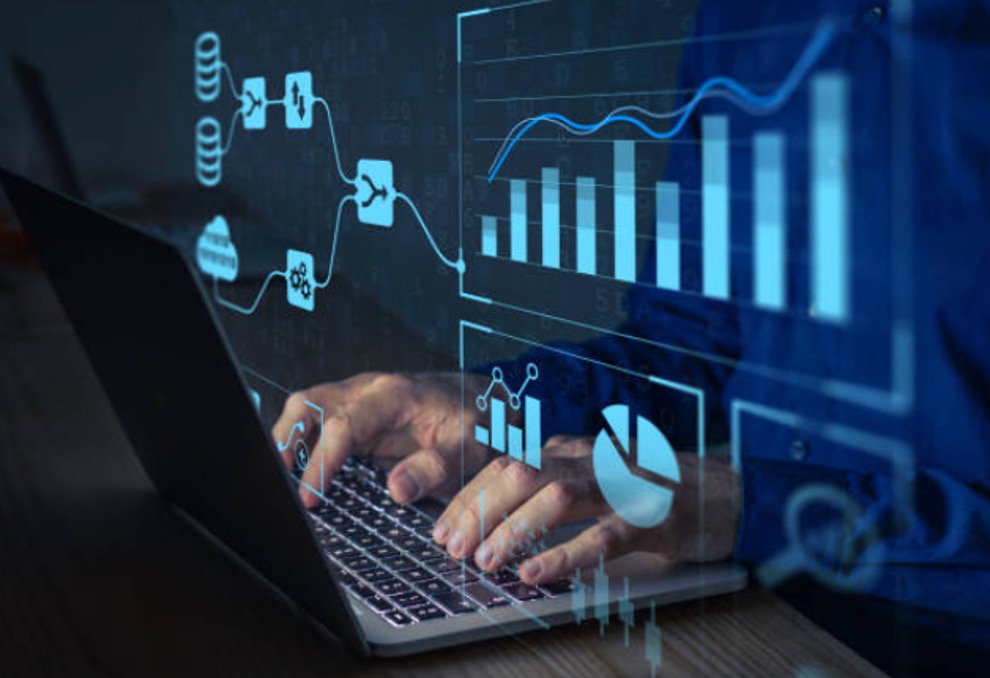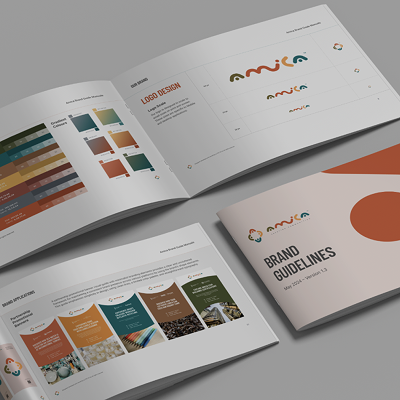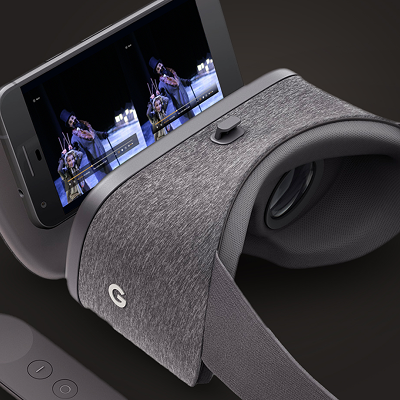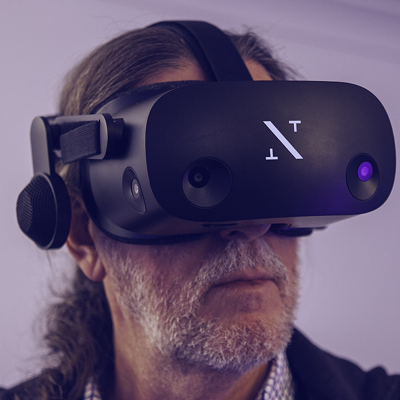Power BI is a Data Visualisation and Business Intelligence tool that converts data from different data sources to interactive dashboards and BI reports. It combines business analytics, data visualisation, and best practices that help an organisation to make data-driven decisions.
The BI stands for “business intelligence,” and the tool gives non-technical users all the resources needed to aggregate, visualise, analyse, and share data. The business world considers Power BI one of the best drag-and-drop tools available nowadays. The Power BI suite provides multiple software, connector, and services - Power BI desktop, Power BI service based on SAAS, and mobile Power BI apps available for different platforms.
These set of digital services are used by business users to consume data and build BI reports. This high level overview covers all the important concepts in Power BI and provides a foundational understanding on how to use Power BI.
Why Use Power BI?
Microsoft defines Power BI as “…a collection of software services, apps, and connectors that work together to turn your unrelated sources of data into coherent, visually immersive, and interactive insights.”
The data that BI processes is available for viewing and interaction 24 hours per day & 7 days per week, anywhere you have mobile access. T
his convenient feature means that users can pull, process, and share real-time data anytime, anywhere. Hence, Power BI can facilitate a more intelligent decision making process, reducing the likelihood of failure, and mitigating inherent risks.
Power BI is known most for its prominent use of:
· Pre-built dashboards and reports for SaaS Solutions
· Allowing real-time dashboard updates
· Offering secure and reliable connection to your data sources in the cloud or on-premise
· Quick deployment, hybrid configuration, and secure environment
· Allowing data exploration using natural language query, and
· Offers feature for dashboard visualisation regularly updated with the community
Power BI’s reports can be embedded in reporting portals you already use. Equally important, its dashboards, reports, and visualisations can be utilised in more than just bars or charts, and you don’t need to be a designer to create them.
You can also use Power BI to prepare and manage high-quality data to use across the business in other tools, including low-code apps. It’s as if you could tell stories with your data whilst exploring the what ifs!

Enable everyone at every level of your organisation to make confident decisions using up-to-the-minute analytics
Power BI can be a smart tool for strong results. You can find and share meaningful insights with plenty of data visualisation and built in AI capabilities, Teams and Excel configuration and pre-built and custom data connectors.
You can create and share interactive data visualisations across global data centres, including national clouds to meet your compliance and regulation needs. By doing so, you’re building your business on secure data analytics. Power BI data be applied with sensitivity labels by using Microsoft Information Protection.
You can work confidently from anywhere and collaborate freely using persistent data protection that works inside and outside of your organisation. Power BI drive best practices and respond quickly to security risks with monitoring, adoption reporting, easy governance, and intelligent data protection.
What is Power BI’s Dashboard?
A Power BI dashboard is a single page, often called a canvas, that tells a story through visualisations. Because it’s limited to one page, a well-designed dashboard contains only the highlights of that story. Readers can view related reports for the details. However, this is a feature of the Power BI service only, not available in Power BI Desktop. Furthermore, although you can’t create dashboards on mobile devices, you can view and share them there.
The visualisations on a dashboard originate from reports and each report is based on a dataset. It’s like an entryway to the underlying reports and datasets. Selecting a visualisation takes you to the report (and dataset) that it’s based on.
A wonderful way to monitor your business and see all of your most important metrics at a glance. It’s highly interactive and the tiles update as the underlying data changes.
Important note for Dashboard, you’ll need a Power BI Pro or Premium Per User (PPU) license to create dashboards in workspaces. You can create dashboards in your own My Workspace without a Power BI Pro or Premium Per User (PPU) license.

Final Thoughts
Business intelligence uses tools to take raw data and turn it into smart plans and actions with wonderful visual without advanced designer knowledge that can benefit a business on many different levels—Power BI is that tool!
Need assistance with your Digital Dashboards, then please get in touch.

.jpeg)








